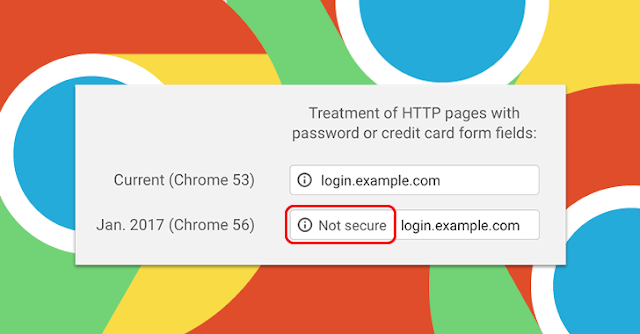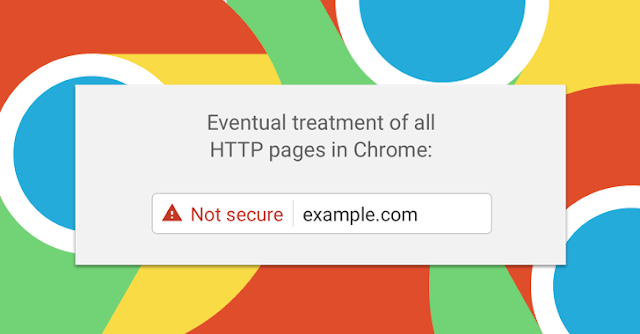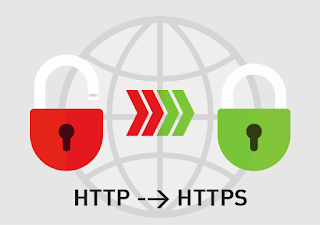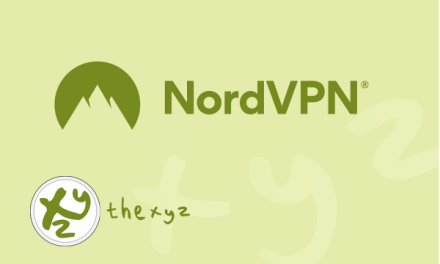Recently, there has been a trend towards a more secure, SSL-protected online environment initiated by authorities like Google when they posted 2 years ago that HTTPS was now a ranking factor.
Starting January 2017, Google’s Chrome 56 browser will be warning users of unprotected login and signup pages, and this is just the first step towards ‘declaring’ all standard HTTP pages as insecure. To meet the security demands of 2017 in advance, it is advisable to begin being secured with an SSL certificate.
The history behind the HTTPS rush
Google has recently started pushing towards HTTPS more vigorously about a year ago when they announced that HTTPS encryption would become a ranking signal and started giving secure pages a slight edge over unprotected ones.
Google’s rush towards a more secure web was supported by other online institutions like the Internet Security Research Group (ISRG), which made SSL certificates freely accessible to the public in April 2016 via the Let’s Encrypt project.
Many internet users regard the green padlock as an indication that the site is secure and legit.
With studies by Google showing that the current neutral HTTP connection icon doesn’t reflect the true lack of security and the potential for man-in-the-middle attacks.
For this reason, in September 2016, Google’s security team members announced their plans to start marking HTTP connections as insecure.
This will take place gradually, based on increasingly stringent criteria, the first step will be warning that HTTP pages which collect passwords or credit card information as non-secure.
Already, the latest version of Google Chrome 56 which was released earlier in December, is now displaying such warnings. Moving forward this is how non-secure pages will be labeled from now on:

For Chrome users, this will be the beginning of stricter HTTPS standards as Google has announced plans to gradually escalate the process by displaying warnings every time a non-SSL-encrypted connection is loaded.
You may have noticed the warnings when you visit a website that has an expired or broken SSL certficates and displays a HTTPS error:

How will the new Chrome update affect Internet users?
The update applies only to the latest version of Chrome – which according to W3Schools, is the browser of choice for a staggering 72.5% of web users in September 2016. The number of people using Google Chrome has been steadily growing since its release in 2008.
For more information on these browser stats, take a look at: detailed, year-to-year browser usage stats on W3Schools’ website.
In the HTTPS migration guide, Google identifies several key reasons for switching to HTTPS:
1. Encryption – user-submitted sensitive data like login details or credit card information is encrypted and protected from eavesdroppers who could otherwise steal it;
2. Data integrity – user data cannot be modified or corrupted during transfer, intentionally or otherwise, without being detected;
3. Authentication – users can rest assured that they communicate with the intended website (this also helps site owners build trust with their audience);
The HTTPS rush – a great ranking and user trust benefit for your website
The popular CMS platform WordPress also recently tweeted a guide about moving towards SSL.
Moving Toward SSL https://t.co/X0vafo6jSC
— WordPress (@WordPress) December 1, 2016
With improved search ranking and increase in user trustworthness of your website there has never been a better time to install an SSL certificate on your website. Here at Thexyz, we offer SSL certificates below the retail price and free installation.







